

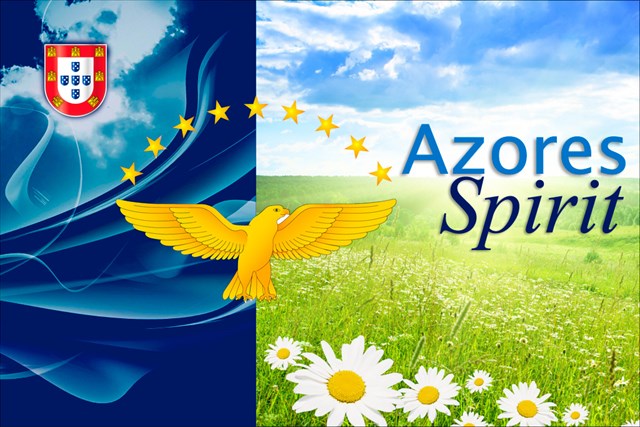
ESA
EUROPEAN SPACE AGENCY
AGÊNCIA ESPACIAL EUROPEIA
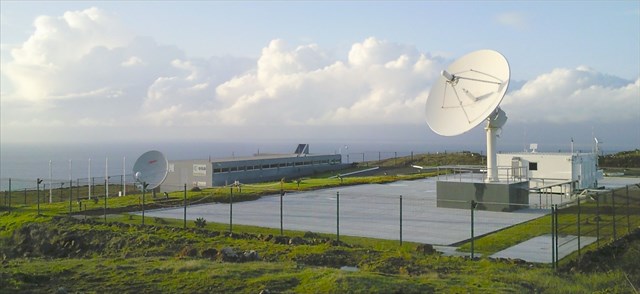
INGLÊS

Today, the complex of Ground Stations installed in Santa Maria are focused to provide the following services in two different stations:
- The ESA/Santa Maria Tracking Station and the Galileo Sensor Station.
- The ESA/Santa Maria Tracking Station is dual mission station and it is dedicated to Tracking Launchers (Ariane5, Soyuz and Vega rockets) from the European Space Port in the French Guiana and also used for everyday tracking Remote Sensing Satellites for Ocean Pollution and vessel tracking monitoring.
ESA’s Satellite Tracking Station

Santa Maria’s Launchers Tracking Station is the first station of the European Space Agency (ESA) in the Portuguese Territory and the first of ESA for tracking launchers. It has performed its first mission in March 2008, for the launch of the Automated Transfer Vehicle by the Ariane 5 Launcher to the International Space Station. Santa Maria Station’s management and operations is EDISOFT’s, SA responsibility.
In the last years, EDISOFT invested in expanding the Station’s capacity, to receive EO SAR images from Envisat, Radarsat-1, Radarsat-2 and also for the new Sentinels Satellite (EU Copernicus Program), thus enabling the Station to combine two missions: launchers’ tracking and Earth Observation, This new capability allows EDISOFT to complement its offer in the area of Remote Sensing with applicability in different areas, including Ocean Monitoring and vessel tracking.
Santa Maria Station accompanies daily, night and day, the trajectories of the different remote detection satellites, retrieving useful data for ship detection, oil spill monitoring and other operational services. The maritime monitoring and surveillance services provided by Santa Maria’s Earth Observation Station already support the CleanSeaNet project, managed by the European Maritime Safety Agency (EMSA), and the MARISS Project (Maritime Security Services), a part of the GMES Programme.
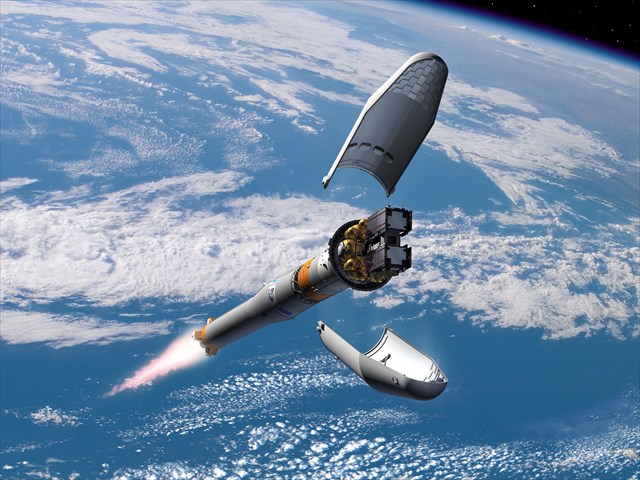
Also in Santa Maria another Station was built to be part of the EU navigation Program Galileo. The Azores Galileo Sensor Station. This Station was the latest addition to Galileo’s worldwide ground infrastructure is set to come online in the mid-Atlantic, at Portugal’s Santa Maria island in the Azores.This new Galileo Sensor Station (GSS) will join a far-flung network of such stations, used to monitor signal quality, clock timings and positioning of the Galileo satellites orbiting Earth.
Both the GSS and ESTRACK stations have been built by Portugal’s Edisoft company, part of the Thales Group, also responsible for maintaining and running the sites.
Later this year (2014), the Azores station will also host a reference beacon used for assessing Galileo’s Search and Rescue system. As part of the international Cospas-Sarsat system, the medium-orbit Galileo constellation is equipped to pick up UHF signals from emergency beacons aboard ships, aircraft or carried by individuals for relay to the nearest emergency services.
The island has a notable footnote in the history of navigation: reputedly Christopher Columbus’s flagship Niña landed there in February 1493, having just discovering the Americas.
Santa Maria’s climate is mild, although identical GSS stations have been established everywhere from stormy Arctic islands to the icebound Antarctic mainland.
Multiple GSS sites will work together to perform ranging measurements while holding a Galileo satellite in common view, seeking to identify any orbital drift that might reduce satnav accuracy. This is effectively a reversal of the way satellite navigation normally operates, with multiple satellites’ signals used to pinpoint the user’s receiver location.
Galileo’s ground segment also includes a number of larger Uplink Stations to transmit navigation messages including any necessary corrections for rebroadcast to users as well as Telemetry, Tracking and Command Stations to oversee the satellite platform. A pair of control centres in Fucino, Italy, and Oberpfaffenhofen, Germany, oversees the satellites and their navigation services.
Galileo entering service
The first four Galileo satellites are already in orbit and operational. Over the course of 2014 six more satellites are planned to join them in three separate Soyuz launches. Galileo initial services are scheduled to start by the end of this year.

THE CACHE:
The cache has an unconventional shape.
You must take a writing material.
The cache is in a restricted access area, being, however, access to the GZ authorized by the European Space Agency and its Director.
Leave all, please do not divulge how he met and photos of container.
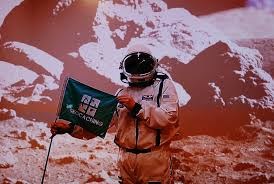
Thank
The Azores Team Spirit appreciates the support and collaboration of the European Space Agency.

ESA
EUROPEAN SPACE AGENCY
AGÊNCIA ESPACIAL EUROPEIA
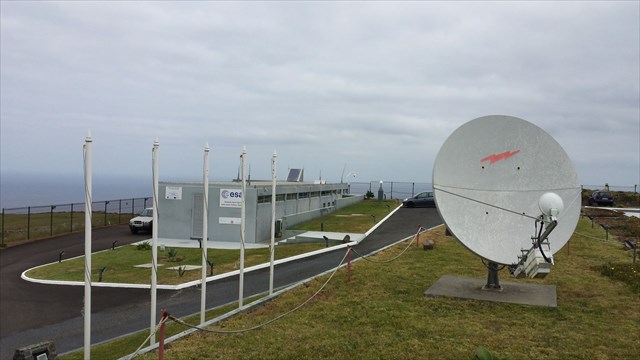
PORTUGUÊS

A Edisoft inaugurou com o Governo da Região Autónoma dos Açores e a Agência Espacial Europeia (ESA) a nova estação Galileo Sensor Station (GSS), a mais recente adição à estrutura de estações já existente na Ilha de Santa Maria, Açores. A GSS faz parte de uma vasta rede de estações espalhadas por vários países, que monitorizam a qualidade do sinal e o posicionamento dos satélites Galileo que se encontram em orbita. As antenas VSAT, as infraestruturas com equipamento de sistemas complementares e os serviços de segurança permanentes ligam a estação GSS à rede Galileo.
A estação GSS foi construída pela Edisoft, também responsável pela gestão, operação e manutenção desta estação assim como pela ESA Tracking Station. Por se encontrar localizada numa área geográfica privilegiada, a Ilha de Santa Maria preenche todos os requisitos necessários para o sucesso da operação de uma Estação Galileo. Aqui reúnem-se as capacidades e o expertise necessários que asseguram o suporte e o sucesso da sua missão. O terreno onde se encontra a estação foi cedido pelo Governo Regional dos Açores, por vinte anos, período de vida da estação.
As várias estações Galileo GSS trabalharão em rede no sentido de se detetar desvios orbitais que poderão resultar na degradação da precisão dos sinais de navegação recebidos.
No final do presente ano, 2014, a Estação GSS de Santa Maria irá receber, adicionalmente, um sistema de Busca e Salvamento (Galileo?s Search and Rescue). Como parte do sistema Cospas-Sarsat, os satélites Galileo estão equipados com um sistema de comunicações UHF (Beacons) localizados a bordo de navios, aeronaves ou pessoas, para serviços de localização de emergência.
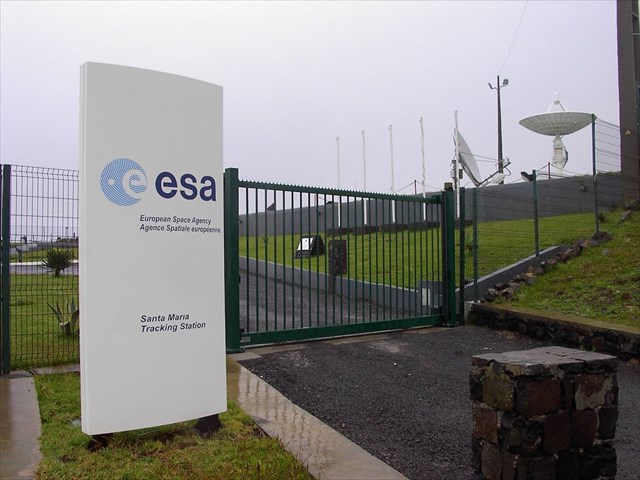
A CACHE:
A cache tem um formato não convencional.
É necessário levar material de escrita.
A cache encontra-se numa zona de acesso condicionado, estando, todavia, o acesso ao GZ autorizado pela Agência Espacial Europeia e pelo seu Diretor.
Deixe tudo, por favor, como encontrou e não divulgue fotos do container.
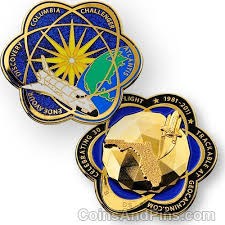
AGRADECIEMTO
A Team Azores Spirit agradece o apoio e colaboração da Agência Espacial Europeia.
Nesta geocache é disponibilizado o código de um TB espacial...